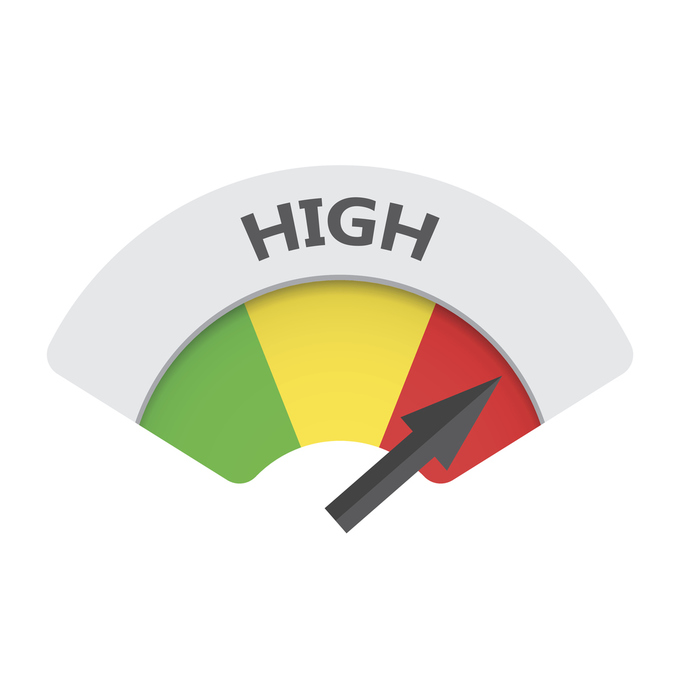
Credit bureaus assign scores to your credit report based on how you've paid your bills, the amount owed, and the length of time since you've applied for new credit. These scores can help lenders predict if you'll be capable of paying your bills on time. They can range from 300 up to 850. A higher score means you are more likely to make timely payments. These credit bureaus gather, synthesize and present this information for lenders and other businesses.
Equifax, Experian, and TransUnion are the 3 main credit bureaus
Credit bureaus monitor your credit history and determine whether you are a risky borrower. There are many different credit bureaus, but most lenders use one or more of the big three. Equifax, for instance, was established in 1899 to provide retail credit. It had offices throughout North America by 1920 and credit files for millions.
Each bureau offers different credit monitoring services and has its own business model. While TransUnion focuses primarily on consumer data, Equifax also sells consumer information to retail companies and government agencies. Both companies also offer credit monitoring and other services to the public.

They all receive free annual credit reports
To get your free annual credit report, simply call the toll-free number or go online. The report will arrive within 15 working days. You may also request it in staggered intervals, or up to four months apart. But, credit reports are not a complete view of your credit. A monitoring service can be a good option. They cost between $40 and $100 each year.
The information reported by all three credit agencies may be the same, but it could differ from one bureau to another. This is because individual creditors do not have to report to all three bureaus. Some mortgage companies may report only to one or two of the three bureaus. It is important to verify that all three bureaus are correct. This can affect your credit score.
Each has to go through a background check
A consumer can look into their credit reports to determine if someone has had a criminal record. This is a good practice for avoiding identity theft and fraud. These reports are used for many purposes, such as loan applications, utility deposits, and more. These reports contain identifying information, past and current credit accounts lists, and payment history.
Credit reports are provided by the 3 major credit bureaus, Equifax, Experian, and TransUnion. Each bureau uses a different method to calculate your credit score and may provide slightly different information. To protect your credit and keep it healthy, you need to be aware of what each bureau doesn’t do.

Each one has a VantageScore credit score model
While FICO scores are still widely used, VantageScore credit scoring uses a more detailed model. It also measures factors such the age and type credit accounts, along with payment history. VantageScore can also measure credit availability by analyzing trends. It is available free of charge on websites such as Credit Karma.
VantageScore, a consumer credit report bureau that tracks consumers' credit history, was launched in 2006 by three major credit reporting agencies. VantageScore 3.0 was launched in 2013. It quickly became the most loved credit scoring model and helped more than 40,000,000 Americans get their scores. While the new version, Version 4.0, was launched in 2017, many lenders still use VantageScore 30.0 to approve loans.